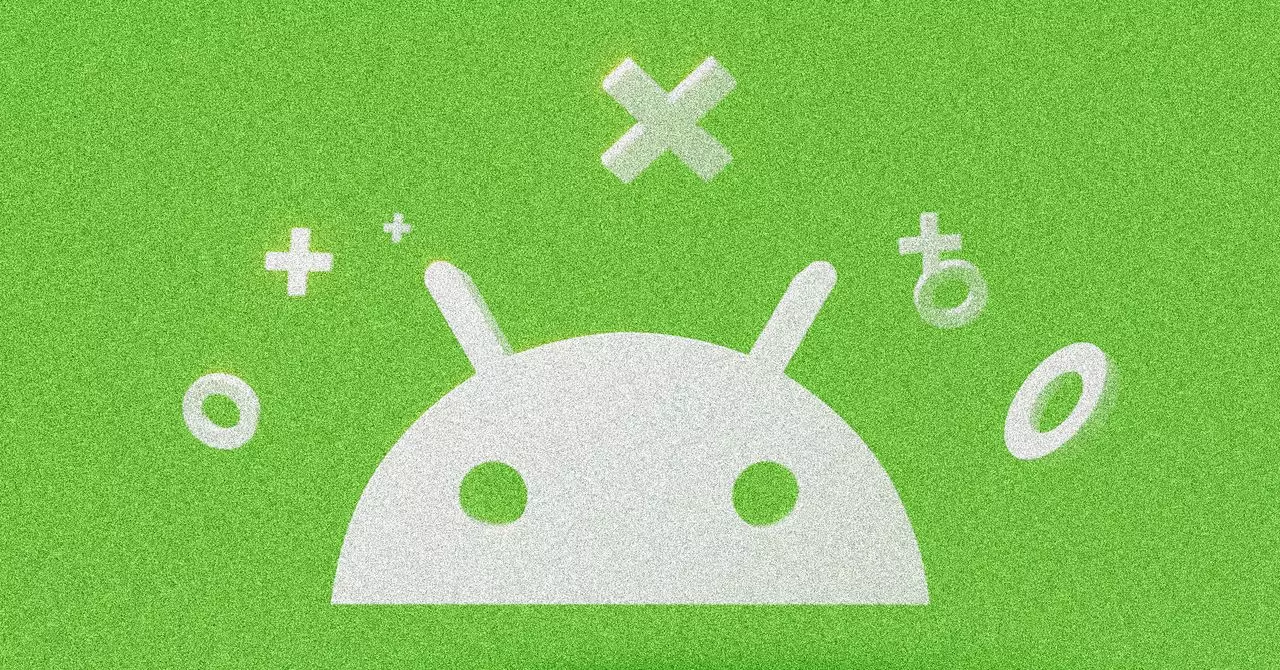As anticipation builds for the upcoming Google I/O event on May 20, tech enthusiasts are already buzzing about the potential revelations about Android 16. In a unique preemptive move, Google opted to unveil several components of this new operating system during a virtual gathering called The Android Show. This early glimpse promises a plethora of advancements designed to enhance user experience and engagement. While some features will initially roll out on Pixel devices, including the highly anticipated Pixel 10 series, the substantial update is set for general availability in June, paving the way for an exciting summer in the Android ecosystem.
Redesign Revolution: Material 3 Expressive
Central to Android 16’s new offerings is a significant redesign under the banner of Material 3 Expressive. This fresh design language aims to foster heightened personalization—a feature that has become critical in retaining users amid fierce competition from Apple’s iOS. Material 3, introduced four years ago, set the stage, but this iteration does not represent a new version; rather, it is a refinement built on extensive research—including 46 studies involving over 18,000 participants. This careful consideration reflects Google’s acknowledgment of the need for an operating system that resonates with diverse user demographics.
The design philosophy behind Material 3 Expressive prioritizes attributes such as playfulness, energy, creativity, and friendliness, which are pivotal in today’s market. With a noteworthy finding that users are more inclined to switch to products utilizing M3 Expressive’s elements, Google seems to respond directly to an alarming trend: an overwhelming majority of teenagers preferring iPhones. By aligning their aesthetic and functional designs with what users desire, Google stands poised to reclaim lost market ground.
Enhanced User Interactions: Dynamic Animations and Smooth Transitions
Beyond visual overhaul, Android 16 also promises to deliver smoother and more engaging user interactions. Innovative animations are set to redefine how users engage with their devices. For instance, the action of dismissing a notification will create a springy, haptic feedback sensation, creating a more tactile and responsive experience. Furthermore, as notifications respond dynamically during swiping actions, users will enjoy a sense of continuity that enhances usability.
Even subtle changes can have significant impacts. The introduction of blurring effects over the home screen during interactions lends a level of sophistication to what might otherwise be mundane tasks. Whether adjusting volume sliders or navigating the recent apps menu, these new features will undoubtedly amplify user satisfaction through engaging design elements that contribute to an overall joyful experience.
Personalization: A Core Feature of Android 16
The heightened focus on personalization in Android 16 cannot be overstated. Users will gain unprecedented control over their devices’ aesthetics through dynamic color themes and improved typography. This elevated level of customizability means that each user can tailor their digital environment to reflect their style, setting themselves apart in a sea of sameness. It’s an empowered approach that encourages deeper emotional connections with devices, moving beyond utilitarian use to fostering personal expression.
An additional functionality improvement is the expanded Quick Settings drawer. This change allows for greater accessibility to frequently used tools, such as the flashlight or Do Not Disturb mode, keeping these options readily available even when the device goes into standby. This logical layout signifies a user-centric design philosophy that addresses the demands of efficiency and immediacy in today’s fast-paced technological world.
As Android 16 approaches its public unveiling, early insights suggest a thoughtful blend of design and functionality that could redefine user experiences within the Android ecosystem. Google’s strategies bend towards ensuring not only that existing users are satisfied, but also that they entice new users in a competitive market. By establishing a more engaging and personalized interaction model, the forthcoming Android 16 marks a pivotal moment in the evolution of mobile operating systems. With these changes, Google is undoubtedly staking its claim as a leader in innovation and personalization, embarking on a journey that could reshape the technological landscape.

